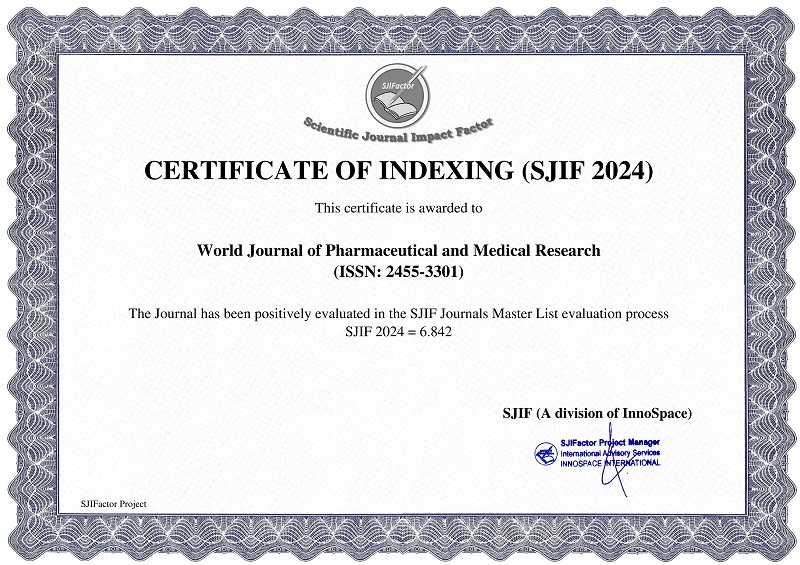SAPTACHAKRA ( SALACIA RETICULATA )): A POTENTIAL ANTIDIABETIC AYURVEDIC MEDICINAL PLANT A REVIEW
Monika**, Singh D. C. and Rajput S
ABSTRACT
Salacia reticulata, commonly known as Saptachakra, is a traditional Ayurvedic herb using from centuries to manage diabetes. This review aims to summarize the current evidence on the antidiabetic potential of Salacia reticulata, its mechanisms of action, and its potential as a complementary therapy for diabetes management. Information was collected from various reliable sources, including scientific journals, research papers, books, and medicinal reviews. This review provides a comprehensive overview of Salacia reticulata, highlighting its antidiabetic property, which can be attributed to its diverse array of bioactive compounds. These include salacinol, kotalanol, and mangiferin, and various other phytochemicals. This review summarizes the bioactive compounds in Salacia reticulata and their antidiabetic effects, highlighting the plant's potential in managing diabetes.The plant contains a variety of polyphenolic compounds, particularly salacinol, kotalanol, and other related chemical constituents, which are believed to play a crucial role in modulating carbohydrate metabolism. Research has shown that extracts of S. reticulata possess significant inhibitory effects on enzymes such as α-glucosidase and α-amylase, which are responsible for breaking down carbohydrates into glucose in the digestive system. By inhibiting these enzymes, S. reticulata slows the absorption of glucose, thereby reducing postprandial blood sugar spikes. Additionally, studies suggest that S. reticulata may improve insulin sensitivity, promote glucose uptake in peripheral tissues, and modulate insulin secretion, offering a multifaceted approach to managing diabetes.
[Full Text Article] [Download Certificate]



